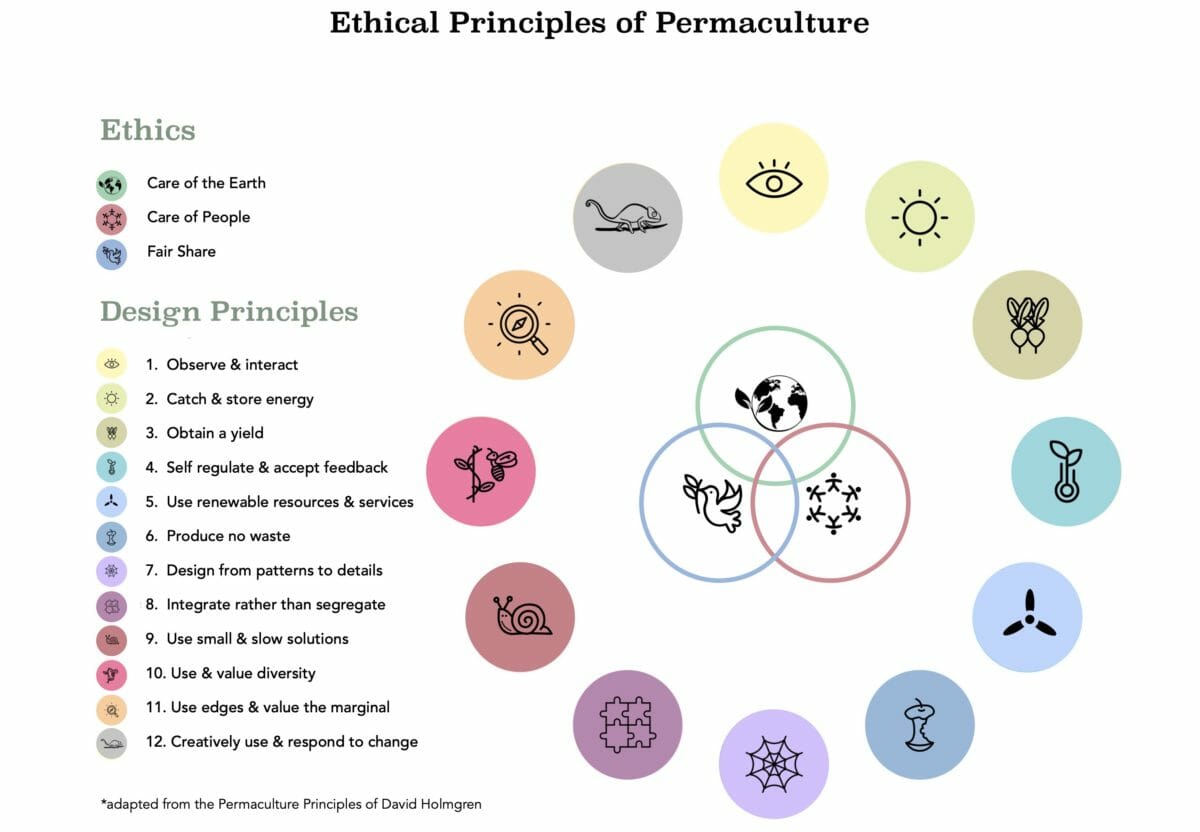A letter from our publisher.
In my ongoing quest to learn everything I can about gardening as part of our Million Gardens Movement, I recently encountered a fascinating thing: urban permaculture.
Australian academics Bill Mollison and David Holmgren are credited with creating the concept of permaculture in the 1970s. Mollison, an ecologist and university professor, defined permaculture as “the conscious design and maintenance of agriculturally productive ecosystems which have the diversity, stability, and resilience of natural ecosystems.” Holmgren, for his part, went on to coin 12 design principles of permaculture in his book, Permaculture: Principles and Pathways beyond Sustainability. Before your eyes glaze over at the seeming complexity of all of this, let me point out that urban permaculture is really quite simple to understand and practice.
My friend Laura Marie Neubert introduced this method to me. She’s a permaculture designer, gardener and chef, who has studied permaculture, as well as soil biology, mycology, regenerative farming and culinary anthropology.
Neubert adopted Holmgren’s principles and adapted them for urban and suburban environments.
Urban permaculture embraces the ethos of permaculture and encourages interpretation of these same principles and ethics—using them as a guide to help us design our city lives.
Neubert was inspired by her maternal grandparents’ connection to the natural world. She would spend weekends at their ranch, filling her days with chores, such as mucking stalls where the cows and horses were kept. I was amused by the fact that to this day, the smell of manure brings her a curious kind of comfort.
Like many of us, Neubert worries about the future of our planet and hopes that the example of her garden can teach her children to honor nature and live sustainably. “I believe that in the space that lies between today and an unsustainable future, there exists [a] huge possibility to learn from a time not so long ago when the concept of charming side yard vegetable and fruit gardens, and even grand potagers enjoyed an enviable commonplace,” she says.
After touring her garden and learning some of the many ways she mimics nature to produce beautiful looking vegetables in a sustainable way, I’m both inspired and motivated to do the same.
Stay tuned for our upcoming video series about urban permaculture tips I learned from Neubert in her garden.

How do we communicate in a meaningful way. I write my Senators, State Reps and family and friends trying to celebrate nature’s reality. Overwhelming silence and shrugs defend a sense of success humanity is driven to achieve. Acquisition and Consumption drives our global dystopia, with no real end to its destructive result. Nature will end us and transition life to a new paradigm
Tell me how we can offer this reality to consumers today.